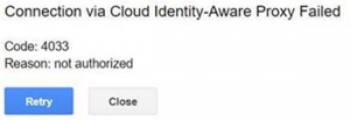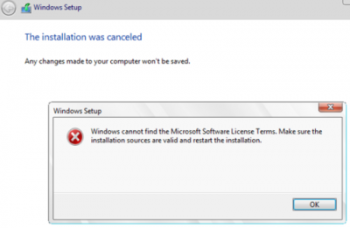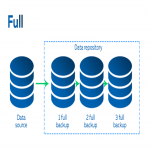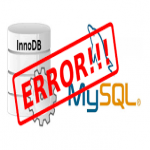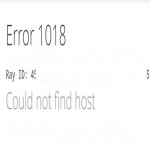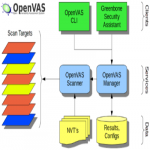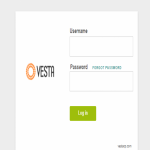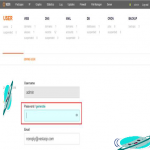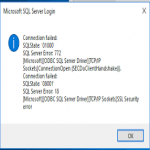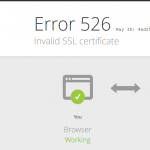Are you trying to install the Azure PowerShell module?
This guide will help you.
The Azure PowerShell module is a set of cmdlets for managing Azure resources directly from PowerShell. PowerShell provides powerful features for automation that can be leveraged for managing your Azure resources for examples in the context of a CI/CD pipeline.
Here at Ibmi Media, as part of our Server Management Services, we regularly help our Customers to perform Azure related queries.
In this context, we shall look into how to install Azure Powershell.
More about Azure PowerShell ?
Azure PowerShell manages and administers Azure resources from the command line. Also, it is a set of cmdlets.
This is mainly used to build automated tools that use the Azure Resource Manager model.
It is written in .NET Standard.
How to install the Azure PowerShell module ?
Now let's take a look at how our Support Experts install the Azure PowerShell.
Azure PowerShell works with PowerShell 6.2.4 and later on all platforms.
It is also supported by PowerShell 5.1 on Windows.
In order to check the PowerShell version, run the command:
$PSVersionTable.PSVersion
Here are the steps to install the Azure PowerShell module:
1. Installing using PowerShellGet cmdlets method
This is the most preferred method.
i. We run the below command from a PowerShell session:
if (Get-Module -Name AzureRM -ListAvailable) {
Write-Warning -Message ('Az module not installed. Having both the AzureRM and ' +
'Az modules installed at the same time is not supported.')
} else {
Install-Module -Name Az -AllowClobber -Scope CurrentUser
}The PowerShell Gallery isn't configured by default.
ii. For the first time when you use the PowerShellGallery, you see the below prompt:
Untrusted repository
You are installing the modules from an untrusted repository. If you trust this repository, change
its InstallationPolicy value by running the `Set-PSRepository` cmdlet.
Are you sure you want to install the modules from 'PSGallery'?
[Y] Yes [A] Yes to All [N] No [L] No to All [S] Suspend [?] Help (default is "N"):For the above prompt, you can either answer 'Yes' or 'Yes to All' and continue with the installation.
In case, if you wish to install the module for all users on a system then you need elevated privileges.
iii. For that, start the PowerShell session using Run as an administrator in Windows or use the sudo command on macOS or Linux:
if (Get-Module -Name AzureRM -ListAvailable) {
Write-Warning -Message ('Az module not installed. Having both the AzureRM and ' +
'Az modules installed at the same time is not supported.')
} else {
Install-Module -Name Az -AllowClobber -Scope AllUsers
}
2. Install Azure PowerShell Offline
Sometimes, in some environments connecting to the PowerShell Gallery isn’t possible. In such cases, you can install it using the offline method.
Here are the steps for the same.
i. First, download the modules to another location in your network and use that as an installation source.
ii. Then download the Azure PowerShell MSI to a machine connected to the network.
iii. After that, copy the installer to systems without access to PowerShell Gallery.
iv. Make a note that the MSI installer only works for PowerShell 5.1 on Windows.
v. Finally, save the module with Save-Module to a file share, or save it to another source and manually copy it to other machines:
Save-Module -Name Az -Path '\\server\share\PowerShell\modules' -Force[Need urgent assistance with PowerShell queries? – We are here to help you.]
Conclusion
This article will guide you on how to install the Azure PowerShell module using the cmdlets method and through offline.
Azure CLI is available on #Windows, Mac, Linux, etc. Azure cloud shell is another option that can be browser-accessible and authenticated.
Azure cloud shell gives you options to choose from either bash or Powershell.
The Get-Command cmdlet gets all #commands that are installed on the computer, including cmdlets, aliases, functions, filters, scripts, and applications.
Get-Command gets the commands from #PowerShell modules and commands that were imported from other sessions.
We can use Windows Powershell for managing Azure resources by installing az module.
To install the Azure PowerShell #module, run the following command. Make sure that the Windows PowerShell ISE is opened in "run as administrator” mode.
By default, the PowerShell gallery is not configured as a Trusted repository for PowerShellGet.
Click on “Yes to All” to continue with the installation.
Modules included in Azure PowerShell:
1. Azure PowerShell Az. Automation.
2. Azure PowerShell AzureRM. Automation.
3. Other PowerShell modules.
4. Internal Orchestrator. AssetManagement. Cmdlets module.
5. Python 2 modules.
6. Custom modules that you create.
This article will guide you on how to install the Azure PowerShell module using the cmdlets method and through offline.
Azure CLI is available on #Windows, Mac, Linux, etc. Azure cloud shell is another option that can be browser-accessible and authenticated.
Azure cloud shell gives you options to choose from either bash or Powershell.
The Get-Command cmdlet gets all #commands that are installed on the computer, including cmdlets, aliases, functions, filters, scripts, and applications.
Get-Command gets the commands from #PowerShell modules and commands that were imported from other sessions.
We can use Windows Powershell for managing Azure resources by installing az module.
To install the Azure PowerShell #module, run the following command. Make sure that the Windows PowerShell ISE is opened in "run as administrator” mode.
By default, the PowerShell gallery is not configured as a Trusted repository for PowerShellGet.
Click on “Yes to All” to continue with the installation.
Modules included in Azure PowerShell:
1. Azure PowerShell Az. Automation.
2. Azure PowerShell AzureRM. Automation.
3. Other PowerShell modules.
4. Internal Orchestrator. AssetManagement. Cmdlets module.
5. Python 2 modules.
6. Custom modules that you create.

